 From the 9th to the 27th July 1575 Elizabeth I stayed at Kenilworth Castle in Warwickshire, home of her great friend Robert Dudley, Earl of Leicester. She had visited Kenilworth three times before but this was a special visit in that it lasted nineteen days and was the longest stay at a courtier's house in any of her royal progresses.
From the 9th to the 27th July 1575 Elizabeth I stayed at Kenilworth Castle in Warwickshire, home of her great friend Robert Dudley, Earl of Leicester. She had visited Kenilworth three times before but this was a special visit in that it lasted nineteen days and was the longest stay at a courtier's house in any of her royal progresses.
We know a substantial amount about Elizabeth's visit to Kenilworth because it was recorded in a letter by Robert Langham, a member of Dudley's household, and in an account by poet and actor George Gascoigne, a man hired by Robert Dudley to provide entertainment during the royal visit.
Elizabeth I had a very special relationship with Robert Dudley, the Earl of Leicester. They had been good friends since childhood and their close relationship caused much scandal and gossip at court and throughout Europe. Elizabeth I may have styled herself as the Virgin Queen but Robert Dudley was constantly by her side and acted as an unofficial consort at times. Unfortunately for Elizabeth and Dudley, the suspicious death of Dudley's wife, Amy Dudley (Robsart), in 1560, and the scandal surrounding it, put an end to any plans of marriage, if indeed there were any. Elizabeth was forced to distance herself from Dudley and consider other suitors.
Many see Elizabeth's final visit to Kenilworth in 1575 as Dudley's last chance to impress the Queen and win her hand in marriage. Dudley went to extraordinary lengths to impress his queen:
- The building of Leicester's Building, a tower block of state apartments built specifically to provide private and luxury accommodation for the Queen and her servants. It was built between 1571 and 1572 and was used by Elizabeth in 1572 but then improved for her 1575 visit.
- The building of Leicester's Gatehouse in 1571-1572 to give the castle a grand entrance from the church and the Coventry road.
- The privy garden - Dudley ordered a beautiful privy garden to be made for the Queen.
- Pleasure grounds - The whole landscape around the castle was improved and Langham writes of how there were "many shady bowers, arbours, seats and walks". There were also plenty of tall and fragrant trees. A bridge was also built to connect the chase and the gatehouse and there was a viewing platform over the mere.
- A firework display - A magnificent firework display took place one night across the surrounding mere.
- A play - On another evening there was a play featuring Triton riding an 18 foot long mermaid and moving islands carrying the Lady of the Lake and her nymphs.
- Hunting - The park and chase were well stocked with deer and game and the mere was rich in wild fowl, perfect for a Queen who loved to hunt.
- The masque - George Gascoigne had written a masque "Zabeta" (a play on the name "Elizabeth") which was unfortunately cancelled due to bad weather. The Kenilworth Castle Guidebook describes this masque as having a "story hinged on a debate about whether the chaste nymph, Zabeta, should wed, and concluded with a speech urging the queen to marry." Although it was never performed, Gascoigne improvised with a special farewell to the Queen which consisted of Elizabeth being intercepted by an actor playing "deep desire" (dressed as a holly bush), representing Dudley, who said to her:
"Live here, good Queen, live here;
You are amongst your friends.
Their comfort comes when you approach,
And when you part it ends."
A privy garden was designed and made for Elizabeth I's own personal enjoyment, a paradise to please and impress the Queen. Although the garden was private and for Elizabeth's eyes only, Robert Langham was able to get into it with the help of a friendly gardener so we have a contemporary description of it which has enabled English Heritage to recreate it in the castle grounds. Features of the garden included:
- A terrace - This led from the loggia and gave a superb view over the garden. The terrace was and is lined with a balustrade decorated with obelisks, spheres and the bear and ragged staff (Dudley's emblem).
- Arbours - Langham wrote of how two arbours "perfumed by sweet trees and flowers" were placed at each end of the terrace.
- Plants - Langham did not go into detail on the plants used in the garden so English Heritage have based their choice on other contemporary evidence such as documents and tapestries. The traditional knot pattern has been used along with popular Elizabethan plants and flowers, and English fruit trees.
- The marble fountain - This is the centrepiece of the garden and is made from white Carrara marble from Tuscany, Italy, just like the original. It features two "Athlants" supporting a "boil" and it is topped with Dudley's bear and ragged staff emblem. The eight panels at the bottom feature scenes from Ovid's "Metamorposes".
- The aviary - The aviary housed birds like the African guinea fowl and canaries and was topped with a cornice painted to appear as though it was decorated with precious jewels.
- Huge obelisks - Langham described these as being carved out of porphyry, a rare Egyptian purple marble.
Langham wrote of the garden:
" a garden so appointed to feel the pleasant whisking wind above, or delectable coolness of the fountain-spring beneath; to taste of delicious strawberries, cherries and other fruits... to smell such fragrancy of sweet odours, breathing from the plants, herbs and flowers; to hear such natural melodious music and tunes of birds."
I studied at the nearby Warwick University so Kenilworth Castle was one of my weekend haunts but it was still magical to visit it again in 2010 with my family. It is a beautiful castle and it gave me shivers walking around Leicester's Gatehouse and the ruins of Leicester's Building and thinking about Elizabeth visiting her "sweet Robyn" there in 1575. The Elizabethan Garden was not there the last time I had visited and so I was eager to see that. I was not disappointed, it was beautiful and made me understand just how much Elizabeth I meant to Robert Dudley. To lay on such wonderful entertainment, build special buildings and create such a paradise surely shows how much he loved her. What a shame that his plan to marry her backfired. Dudley ended up marrying Lettice Knollys and Elizabeth never returned to Kenilworth, a sad story.
Here are some photos I took on my visit to Kenilworth Castle:
- A portrait at Kenilworth Castle
Notes and Sources
- Kenilworth Castle Guidebook, published by English Heritage

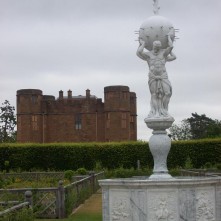
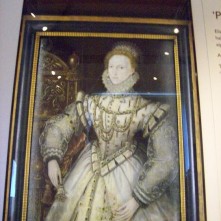
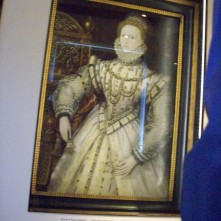
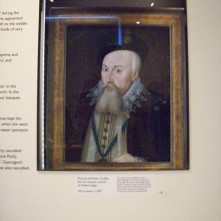
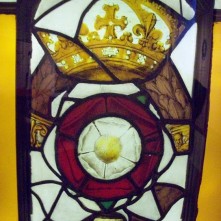
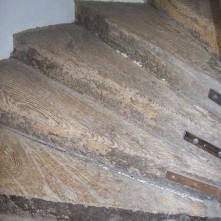
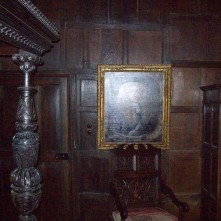
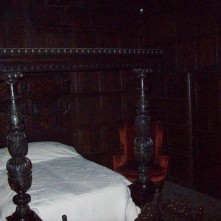
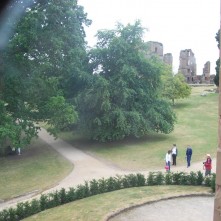
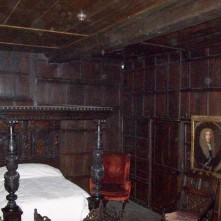
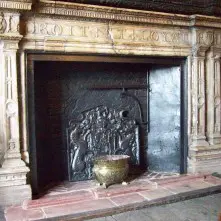
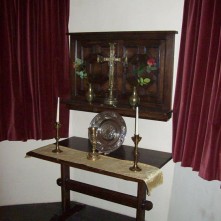
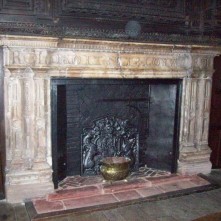
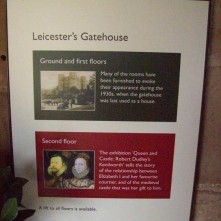
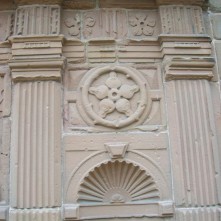
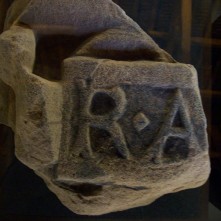
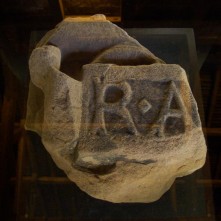
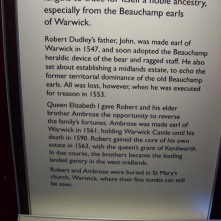
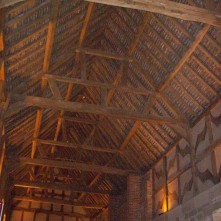
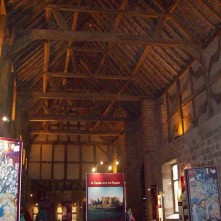
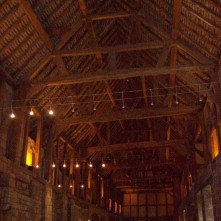
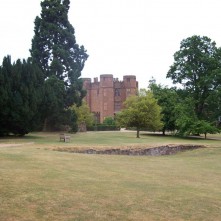
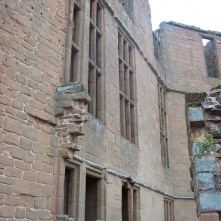
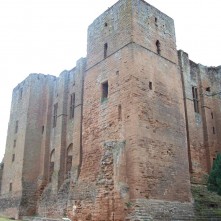
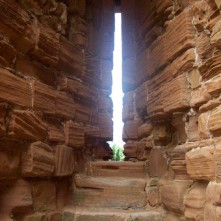
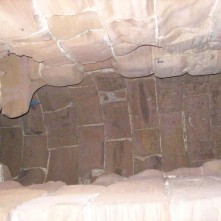
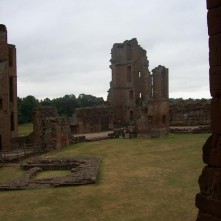
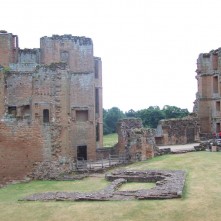
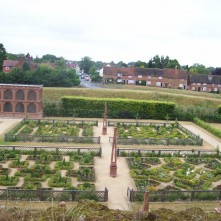
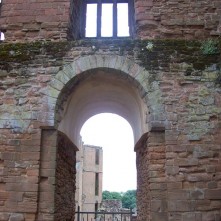
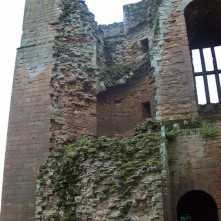
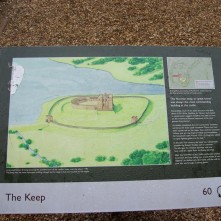
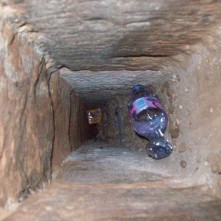
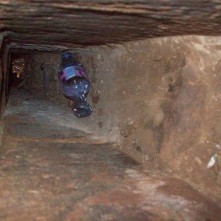
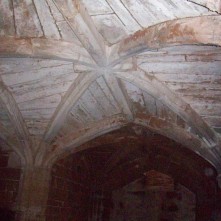
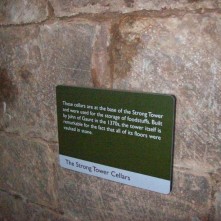
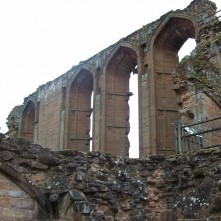
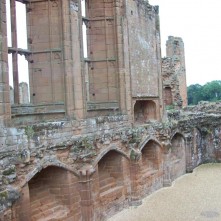
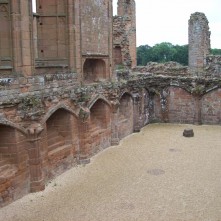
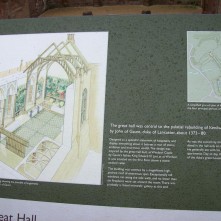
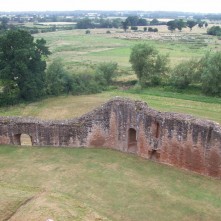
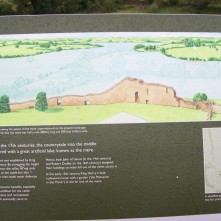
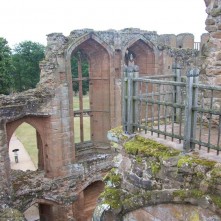
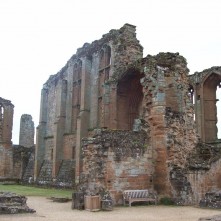
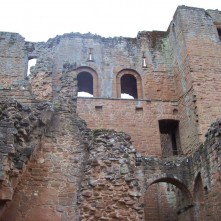
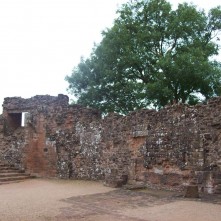
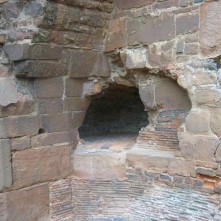
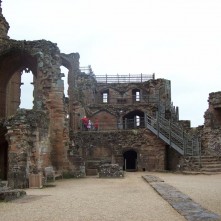
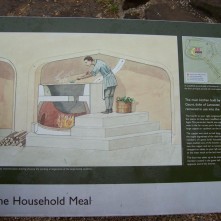
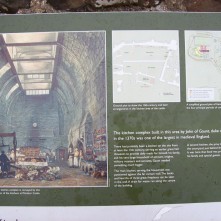
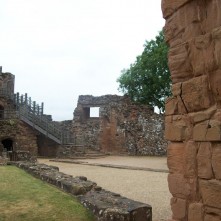
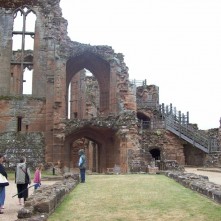
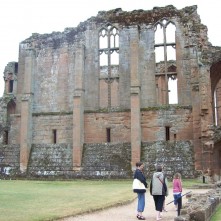
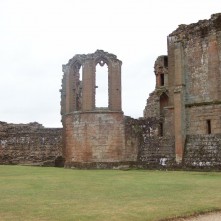
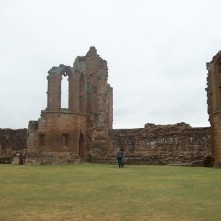
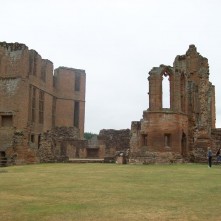
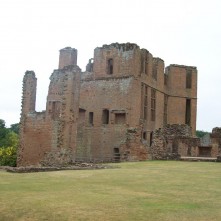
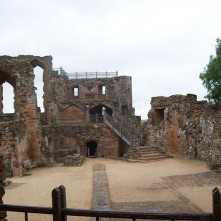
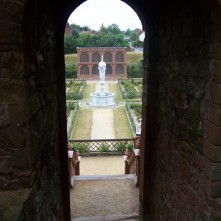
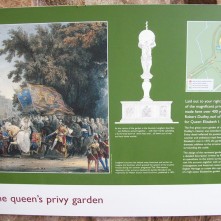
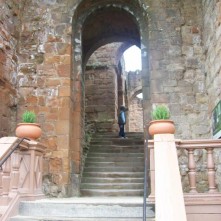
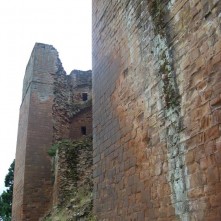
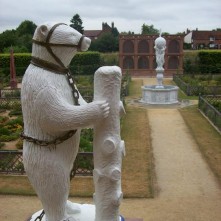
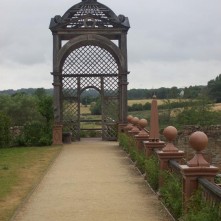
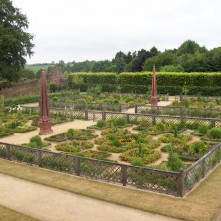
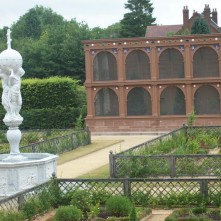
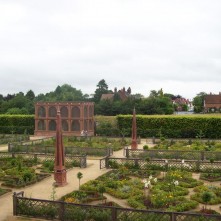
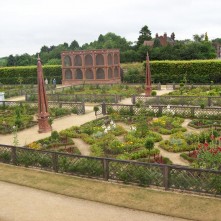
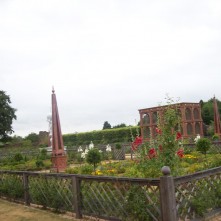
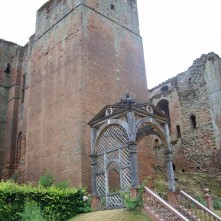
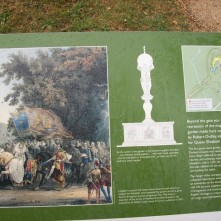
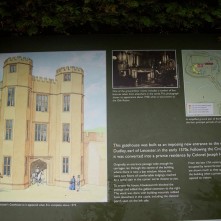
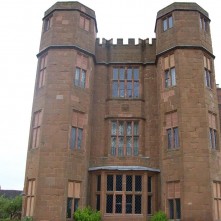
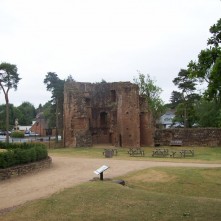
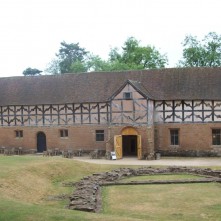
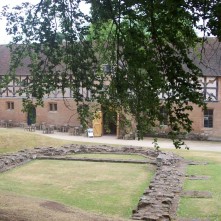
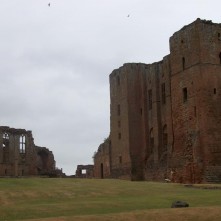
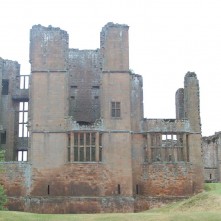
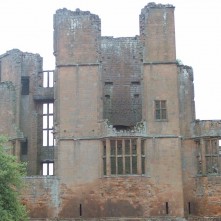
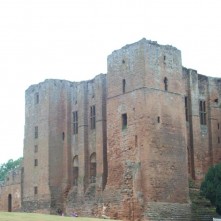
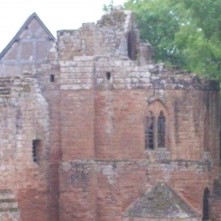
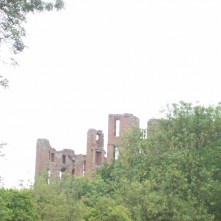
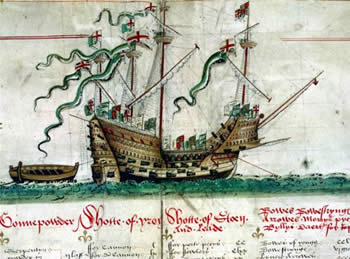
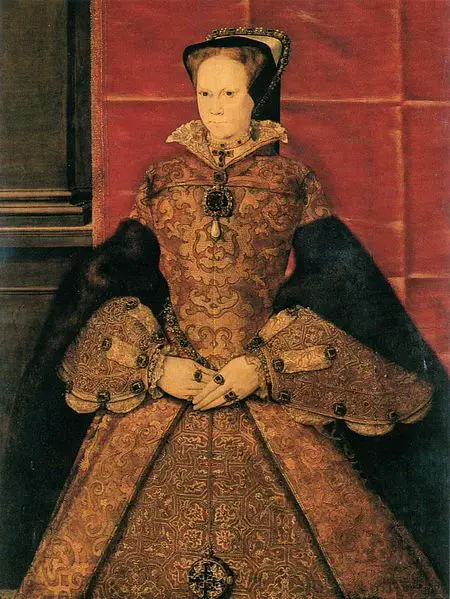
Leave a Reply